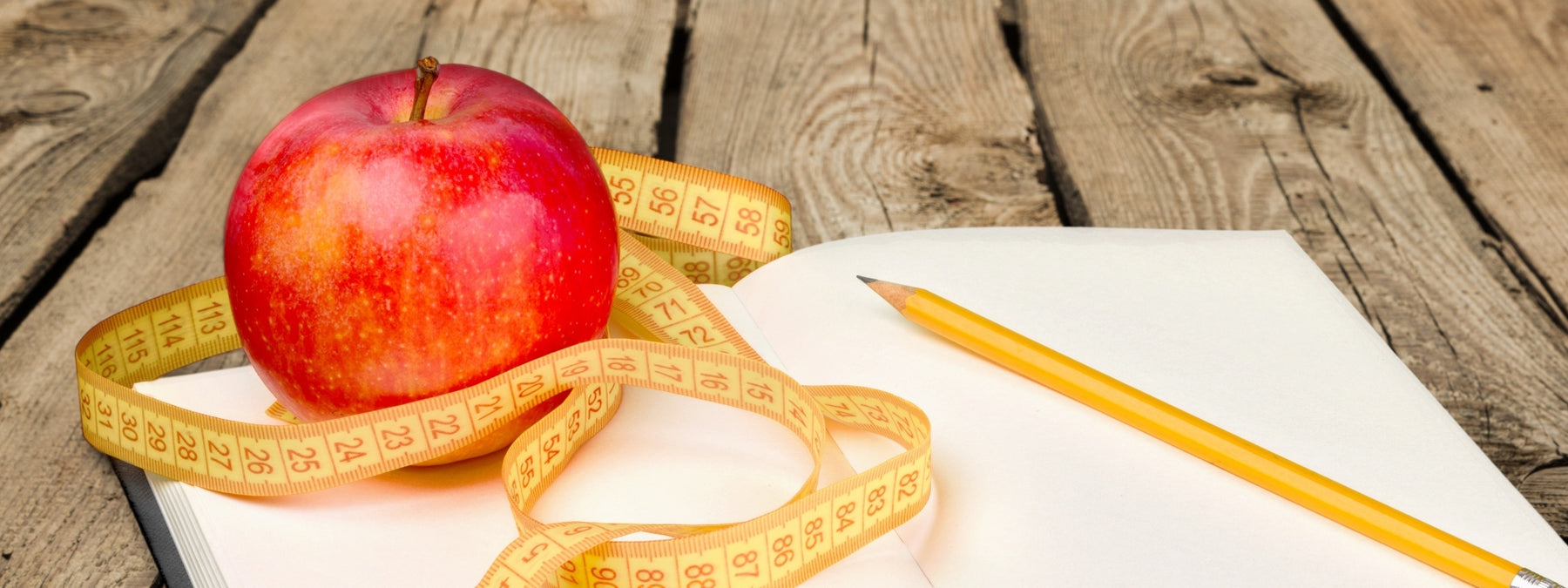
4 Food Journal Tips to Accurately Log Food
Keeping an accurate food journal is important if you are trying to lose weight, maintain your current weight, or build muscle. Once you start tracking your food intake for a few days, you're going to see some patterns that emerge.
These patterns will show you the pitfalls in your nutrition habits and help you make the adjustments you need.
Related - 5 Research-Backed Meal Timing Tips
Luckily, starting a food journal is pretty easy. There are a few ways you can track your food -- use the old-school approach with pen and paper, use a spreadsheet, or use a mobile app.
One caveat is you need to find some balance between maintaining an accurate log and creating borderline OCD habits. A food log should be a tool to help you, and it won't if you become stressed over accuracy. Doing your best to capture what and how much you eat is important; anything after that, just let it be.
Here are four tips that can help you keep a more accurate food journal.
Must-Have Food Journal Tips
1.) Watch the Portions
Something that I noticed once I started maintaining a better food log is that my portion sizes were out of whack. I thought I could eyeball how much I ate, but I was far off.
Did you know the difference between a teaspoon and a tablespoon of cooking oil is 80 calories? There are a few things you can invest in so that you can get accurate measurements.
These include:
- Measuring spoons
- Measuring cups
- Food scale
Keep these tools handy for meal prep, using them don't create as many dishes as you think. It's worth it.
2.) Set Reminders on Your Phone
We all have busy schedules, so getting your food logged right after you eat can be tough. You may have certain times of the day that are more conducive to logging, so set phone reminders for you to update your food log.
If you take public transport, this is the perfect time to update your food log on your commute home.
Setting reminders throughout the day to stay mindful of what you eat helps you get control of your life again. Find an app you like to use and stick with it. The consistency will build healthy habits that will lead you to a healthy lifestyle.
3.) Condiments Count
A hamburger can vary from 100 calories to over 1,000, depending on the toppings.
In order for you to have a more accurate log, you need to be more aware of what you are using. A slice of cheese, a double portion of mayo, and some bacon on top can add a lot more calories than you thought you were getting.
Foods like avocado, mayo, bacon, cheese, sour cream, or any other fat-based condiment are calorie dense.
You can enjoy these foods, just make sure to get an accurate measurement for your food log.
4.) Keep Your Journal Handy
The best time to log your food is immediately after you eat. Your memory is fresh and you're more likely to put the amounts you actually ate.
If you like logging at the end of the day, jotting down notes of what you ate as you go will let you fill in an accurate log at the end of the day. You could always take a picture of your meals and log them later.
Wrapping It Up
The more you get in the habit of logging your food, the easier it becomes. You'll start to see the nutritional pitfalls that are keeping you from reaching your goals.
If you've been struggling with logging your foods, you could also look into spending a few hours meal prepping. This will take the guesswork out of eating -- allowing you to enjoy the foods you love while losing weight.
Meal Prep Tips
Don't be afraid to buy some meal prep containers or Tupperware.
When cooking protein for the week, use different seasonings for each day to keep taste buds excited. It can be hard to eat the same flavor all week.
Don't be afraid to use sandwich baggies, they are great for portioning out a large bag of chips or popcorn.
Setting out a few hours to listen to music, meal prep, and do some house chores helps you develop a consistent routine.
The great thing about combining meal prep with your food journal is that you are setting your intent on what you are eating. You have the food, you have the plan, now execute it.
Once you start feeling a sense of control over what you are eating, you'll be able to have fun with it. It's truly a nice feeling knowing I can eat sushi on my birthday and still lose weight; when before it would have been an all-out binge-fest.

Leave a comment